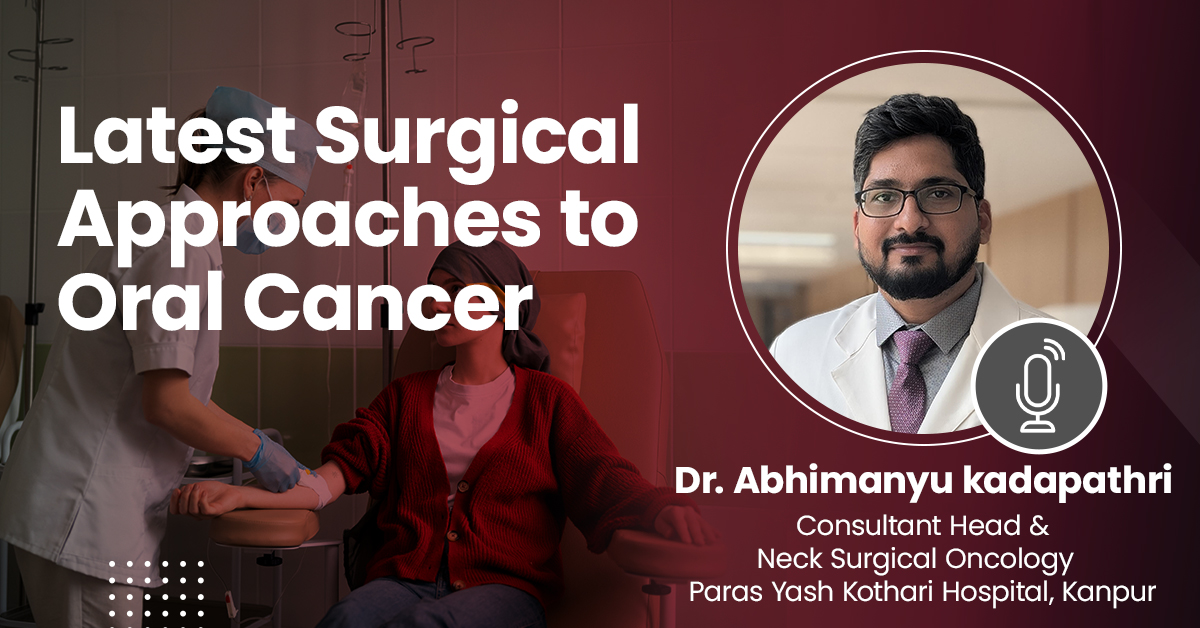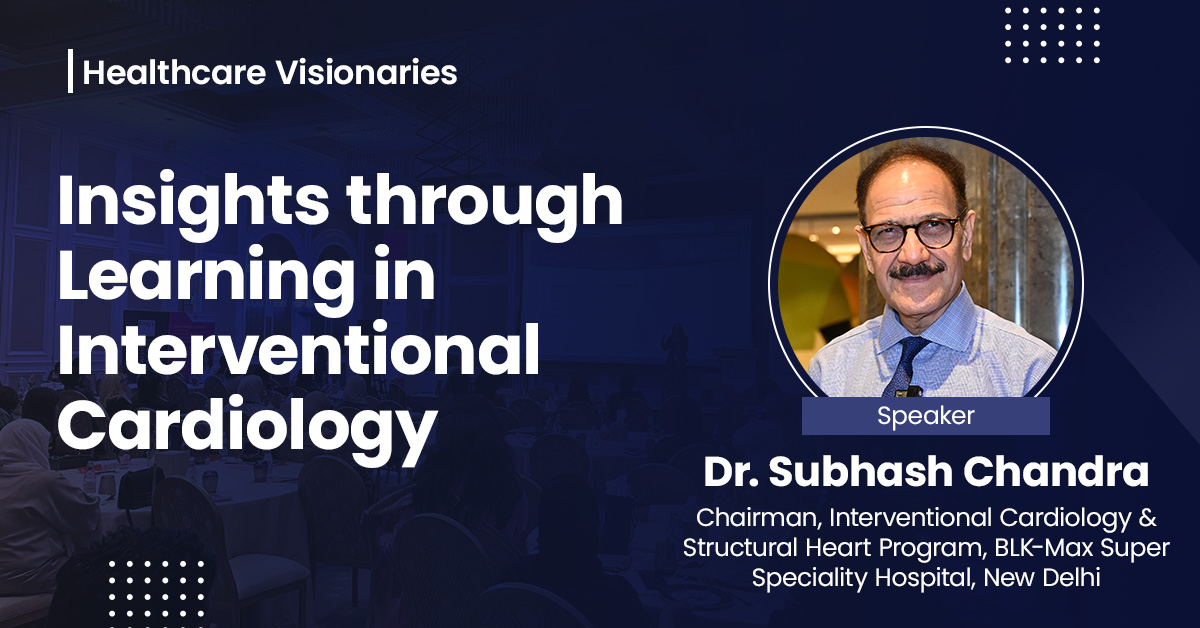- 34.7k views
Insights through Learning in Interventional Cardiology
Insights through learning in interventional cardiology unlock the intricacies of cutting-edge procedures, enhancing patient outcomes. Continuous education reveals evolving techniques, optimizing stent placement and angioplasty strategies. Mastery in interventional cardiology stems from a deep understanding of coronary anatomy and innovative device technologies. Each lesson learned expands the toolkit of interventions, fostering precision and efficacy in cardiac care. Through relentless learning, interventional cardiologists pioneer advancements, shaping the future of cardiovascular medicine
About the Speaker
Dr. Subhash Chandra
Chairman, Interventional Cardiology & Structural Heart Program, BLK-Max Super Speciality Hospital, New Delhi
Upcoming Case Discussions
Latest Surgical Approaches to Oral Cancer
Recent advancements in surgical approaches to oral cancer have emphasized precision and minimally invasive techniques. Robotic-assisted surgery and transoral laser microsurgery allow for enhanced accuracy, reducing damage to surrounding tissues. Surgeons also increasingly use image-guided technology, which enhances visualization and helps remove tumors more effectively. Sentinel lymph node biopsy has become a standard for early-stage oral cancer, enabling better staging with minimal invasiveness. These advancements contribute to faster recovery times, reduced complications, and improved overall outcomes for patients.
Clinician’s Approach to Septic Shock
The prognosis of sepsis syndromes varies and spans a clinical spectrum. The most serious consequence of sepsis, septic shock, has a high death rate. An inciting substance triggers the activation of both the pro-inflammatory and anti-inflammatory immune systems, leading to septic shock. This takes place in tandem with the activation of neutrophils, monocytes, and macrophages, which engage with the endothelium via pathogen recognition receptors and cause further cytokine, protease, kinin, reactive oxygen species, and nitric oxide involvement. The endothelium is the main location of this reaction, and in addition to microvascular damage, it also triggers the complement and coagulation cascades, which worsen the vascular damage and cause capillary leakage. The clinical signs and symptoms of sepsis and the progression from sepsis are caused by this series of events.
Nutrition Strategies for good Glycemic Control
Effective nutrition strategies for good glycemic control include choosing low-glycemic foods that prevent rapid spikes in blood sugar, such as whole grains, legumes, and non-starchy vegetables. Balancing macronutrients, particularly with a focus on healthy fats and proteins, can help stabilize blood sugar. Portion control and consistent meal timing are also vital to avoid blood sugar fluctuations. Including fiber-rich foods supports slower glucose absorption, aiding in prolonged blood sugar control. Staying hydrated and limiting added sugars can further support overall glycemic stability.
AI Transforming Clinical Practice
The "quadruple aim" of healthcare—improving population health, improving patient and caregiver experiences, and lowering the rising cost of care—presents formidable obstacles for healthcare systems worldwide. Global healthcare expenditures, the burden of chronic diseases, and aging populations are making it harder for governments, payers, regulators, and providers to innovate and change healthcare delivery models. Furthermore, healthcare systems are forced to "perform" (provide efficient, high-quality care) and "transform" care at scale by incorporating real-world data-driven insights into patient care in the context of the current global pandemic.
Approach to Obstructive Lung Diseases
Smoking is the main cause of chronic obstructive pulmonary disease, a prevalent systemic illness. Spirometry should be incorporated into primary care practice since it is crucial for the diagnosis of COPD. Both pharmaceutical and nonpharmacologic treatments enhance quality of life, exercise tolerance, and symptom relief. The only strategy that has been proven to reduce the progression of the disease is quitting smoking. To improve health and quality of life, it is necessary to recognize and treat the systemic symptoms and comorbidities linked to COPD.








